NASA revises requirements for ISS private astronaut missions
Original Publication Date: 2022-08-02 11:36

NASA announces changes in requirements for future solicitations for private astronaut missions. One of the biggest changes is a requirement that such missions have a former NASA astronaut. The changes came from the experience from the first such mission, Axiom Space's Ax-1 flight. The Ax-1 mission was led by a former NASA astronaut, Michael López-Alegría.
SES closes $450 million acquisition of DRS’ satellite communications business
Original Publication Date: 2022-08-01 16:53
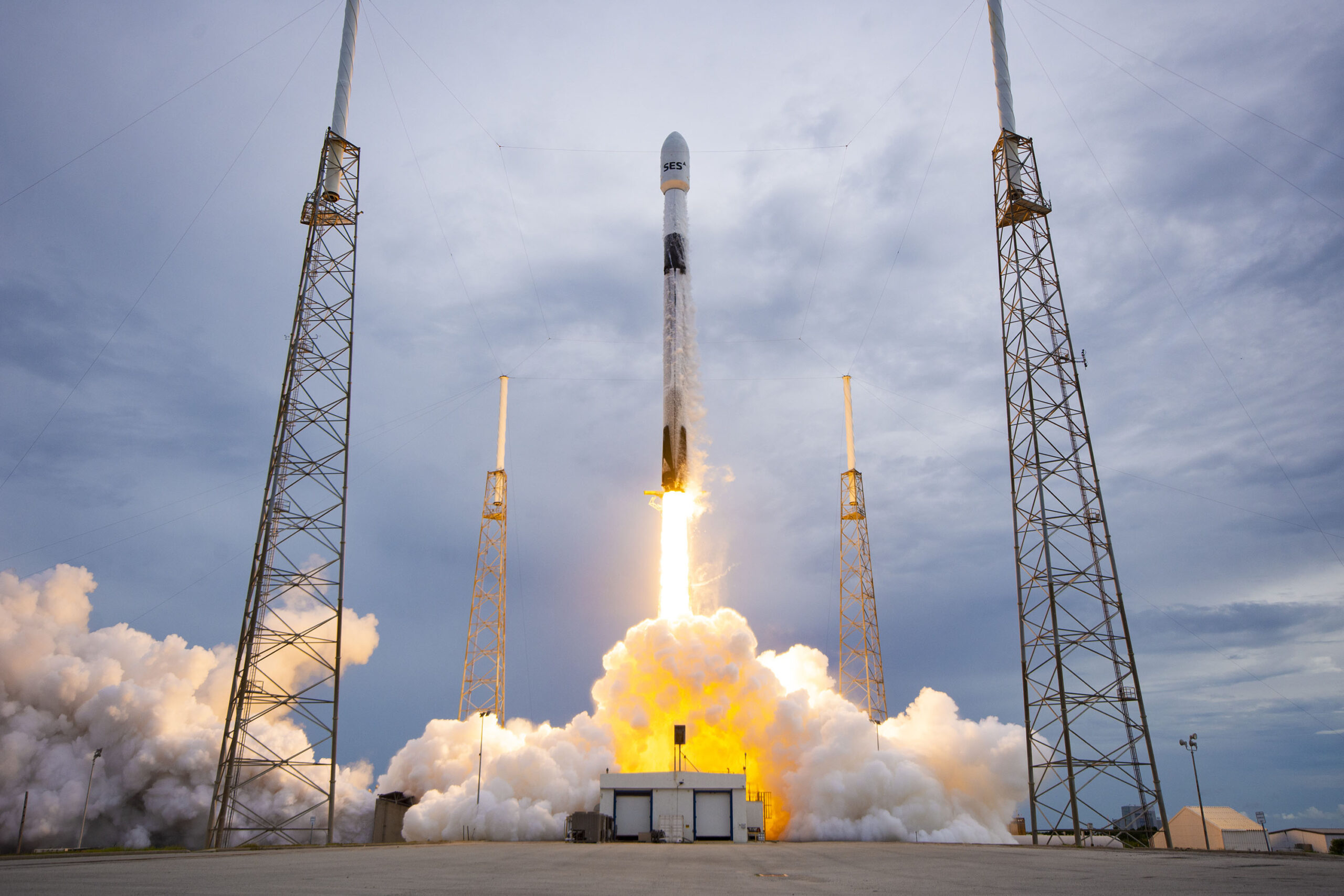
SES completed the acquisition of DRS Global Enterprise Solutions for $450 million. DRS GES will be part of SES Government Solutions, based in Reston, Virginia. SES, headquartered in Luxembourg, operates a fleet of more than 70 geosynchronous and medium Earth orbit satellites.
Slingshot acquires Numerica’s space-tracking business and UK space data firm Seradata
Original Publication Date: 2022-08-03 12:00
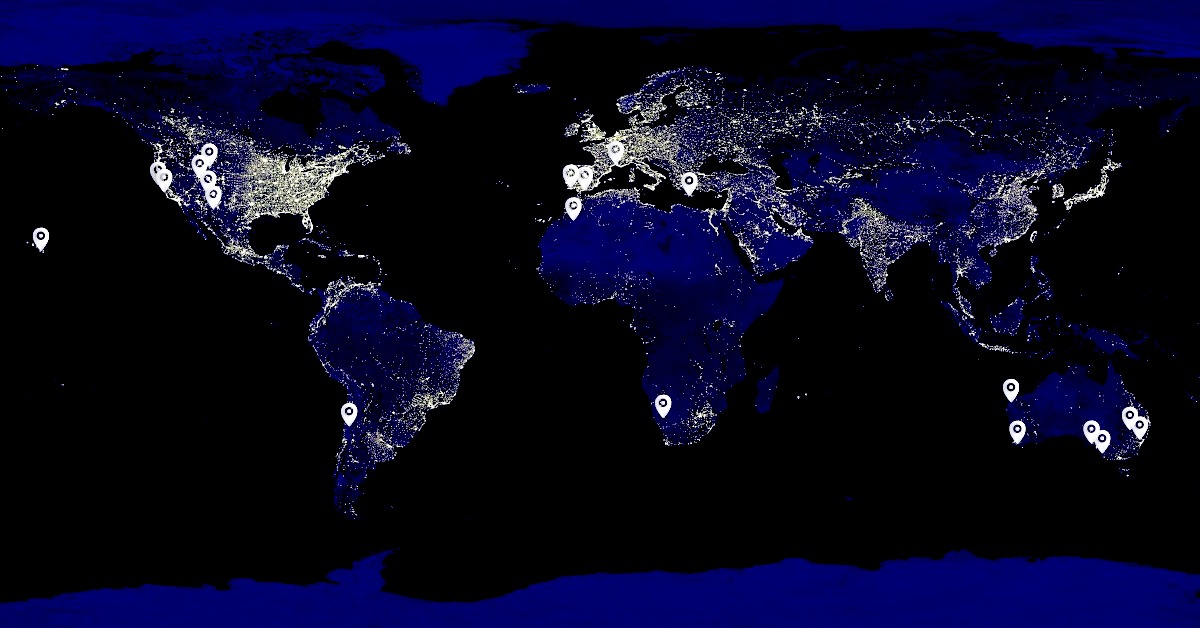
Slingshot Aerospace acquires Numerica's space business and Seradata. CEO Melanie Stricklan says the acquisitions will help expand Slingshot's footprint in the commercial and government space markets. Slingshot now owns Numerica’s network of ground-based telescopes that track space objects.
Momentus deploys additional satellites from Vigoride tug
Original Publication Date: 2022-08-03 10:49
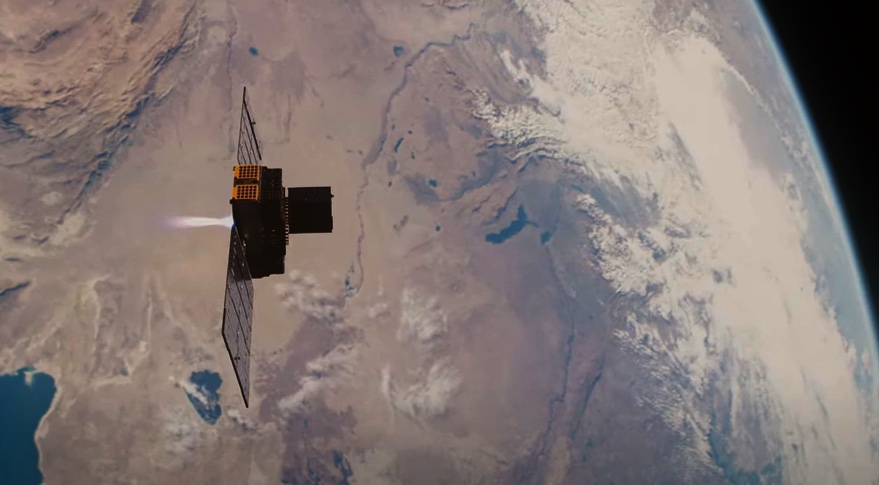
Momentus has deployed additional satellites from its first space tug. The company said Aug. 2 that it deployed four satellites from the Vigoride-3 tug in July. The tug encountered technical problems shortly after its launch in May. The company is moving forward with a second launch later this year.
RS-25 delays impact Aerojet earnings
Original Publication Date: 2022-08-03 02:09
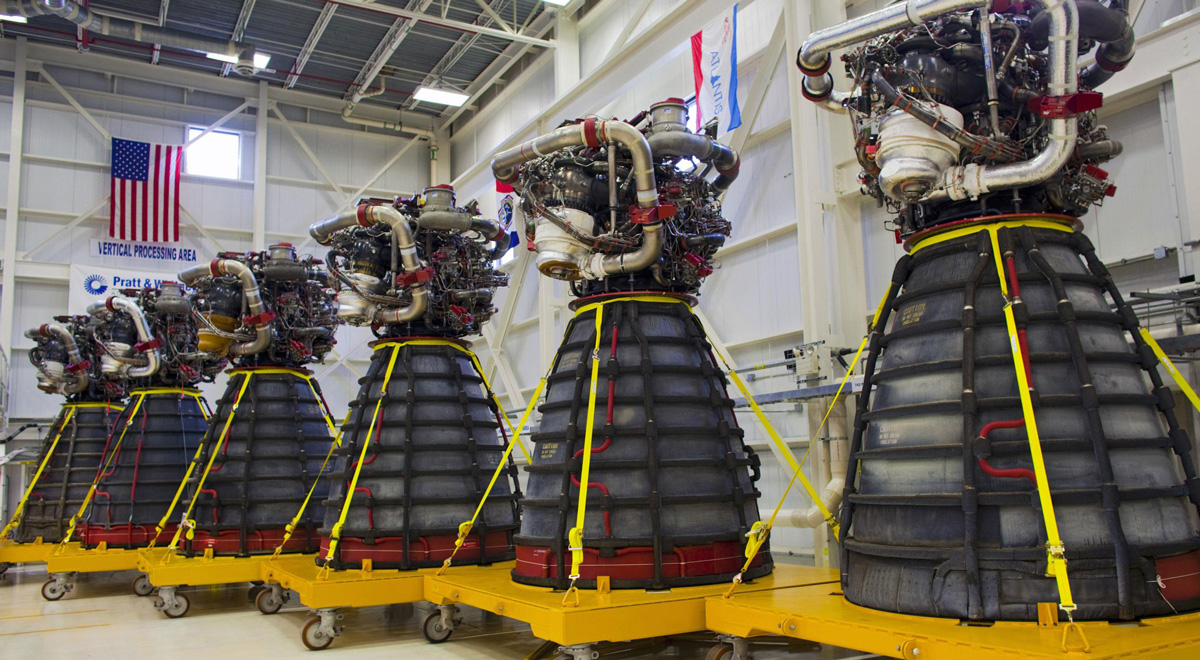
Aerojet Rocketdyne reported net sales of $528.5 million in the quarter ending June 30. The company won a $1.79 billion contract from NASA in 2020 to produce a new RS-25 engine. The company expects to catch up on the program later this year.
Biden to sign chips bill in a boost for satellite supply chains
Original Publication Date: 2022-08-02 22:48

Bill would give $52 billion in subsidies to U.S. Chip makers. President Biden is set to sign the bill, dubbed the Chips and Science Act. It comprises $280 billion in total support for America’s manufacturing and technological capabilities. Legislation aims to boost U.S. Competitiveness in the global semiconductor market.
NASASpaceFlight.com
India launched its 55th Polar Satellite Launch Vehicle (PSLV) – in its Core Alone (CA) configuration – carrying nine payloads to a low Earth orbit (LEO) These included POEM, to demonstrate using the fourth stage as a hosted payload bus. PSLV-C53 launched from the second launch pad at the Satish Dhawan Space Centre on June 30, 2022.
Commercial Archives
Rocket Lab scrubbed the launch the 29th Electron mission on August 2 due to unacceptable ground winds. NROL-199 will launch later this week from Launch Complex-1B (LC-1B) at Rocket Lab’s launch facility on the Māhia Peninsula in New Zealand.
International Archives
Russia launched a Soyuz-2.1v rocket today at 20:25 UTC from the Plesetsk Cosmodrome in Russia. The payload was the Kosmos-2558 satellite deployed into a Sun-Synchronous Orbit (SSO) The payload is a satellite by the Russian Defense Ministry, with an unknown purpose.
Chinese Long March 3B Launches APStar-6C Communications Satellite – Spaceflight101

China successfully launched the APStar-6C communications satellite for APT Satellite Holdings. The Long March 3B rocket lifted off from the Xichang Satellite Launch Center at 16:06 UTC on a mission of under half an hour. The satellite will deliver VSAT services, video distribution, Direct-to-Home television and high-throughput cellular backhaul.
Blue Origin’s New Shepard Reaches new Heights in latest Test Flight – Spaceflight101

Blue Origin's reusable New Shepard launch system reached new heights in a test designed to expand the vehicle’s operational envelope by sending it to a peak altitude of 107 Kilometers. Sunday’s flight marked the second for this particular set of hardware, following up on the successful December 2017 mission that debuted “Crew Capsule 2.0”
News – Spaceflight101

Europe's Copernicus satellite fleet is gearing up for the arrival of its next addition on Wednesday. A Russian Rockot booster set to blast off from the Plesetsk Cosmodrome at 17:57 UTC with the Sentinel-3B multi-function satellite. Read more
ISS Updates – Spaceflight101 – International Space Station

A veteran NASA spacewalker and an EVA rookie from Japan ended their week with nearly six hours of work outside the International Space Station. The restoration of the Station’s Mobile Servicing System started last year and continued in January to provide Canadarm2 with a new pair of grappling hands.
Featured – Spaceflight101

A SpaceX Falcon 9 took to the skies over Florida’s Cape Canaveral Monday afternoon. The flight-proven Dragon spacecraft will deliver science gear, supplies and maintenance hardware to the International Space Station. It is the first of at least six cargo ships inbound to the U.S. Segment of ISS this year.
Re-Entry: Long March 11 Rocket Body – Spaceflight101

The CZ-11 fourth stage used leftover propellant for a partial de-orbit maneuver, lowering its perigee to 120 Kilometers to significantly accelerate its orbital decay. Exact details on the fourth stage of China’s new Long March 11 launcher are not available. It is reportedly built around a YF-50 main engine.
Discovery Alert: Two New, Rocky Planets in the Solar Neighborhood
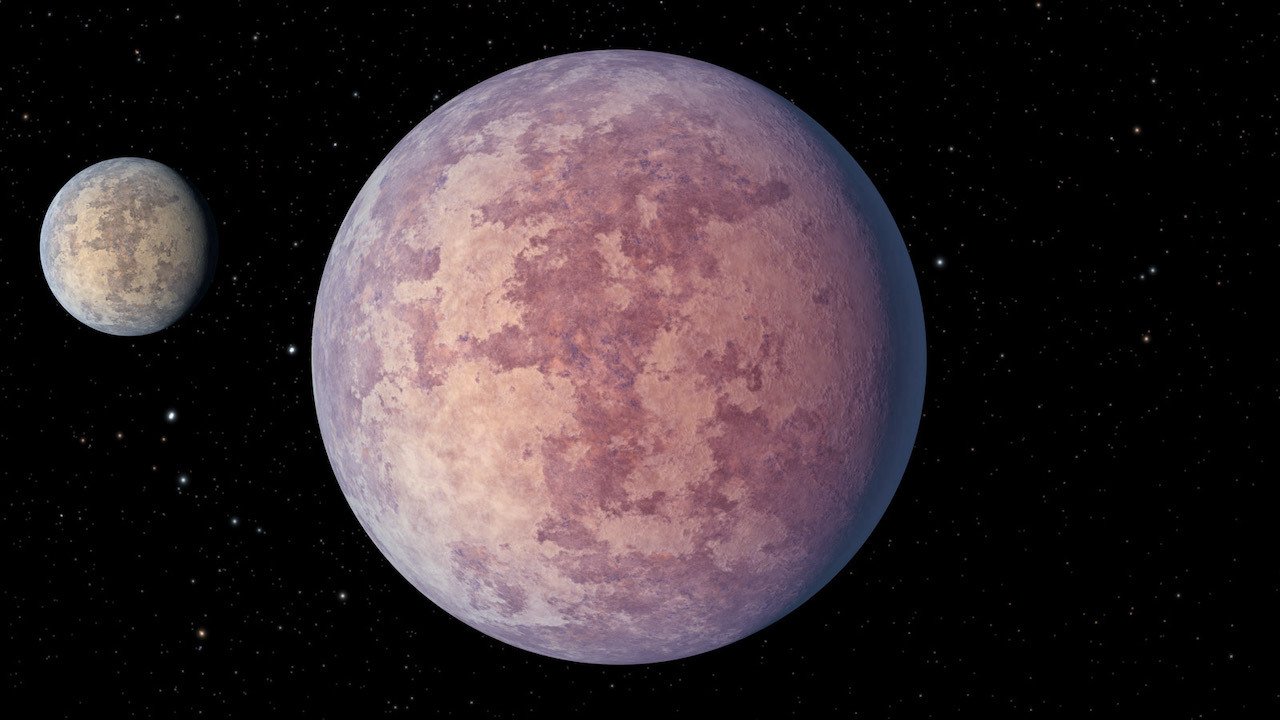
HD 260655 b and HD 260655 c are among the closest-known rocky planets yet found outside our solar system. The discovery comes at an ideal moment: the giant James Webb Space Telescope, soon to deliver its first science images, can examine the atmospheres of exoplanets.
Observing Exoplanets: What Can We Really See?
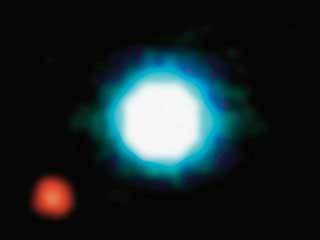
The European Southern Observatory’s Very Large Telescope (ESO’s VLT) has captured an image of a planet orbiting b Centauri, a two-star system that can be seen with the naked eye. This is the hottest and most massive planet-hosting star system found to date, and the planet was spotted orbiting it at 100 times the distance Jupiter orbits the Sun. Until 2021, no planets had been spotted around a star more than three times as massive as the Sun.
Discovery Alert: See the Image – 2 Planets Orbit a Sun-like Star
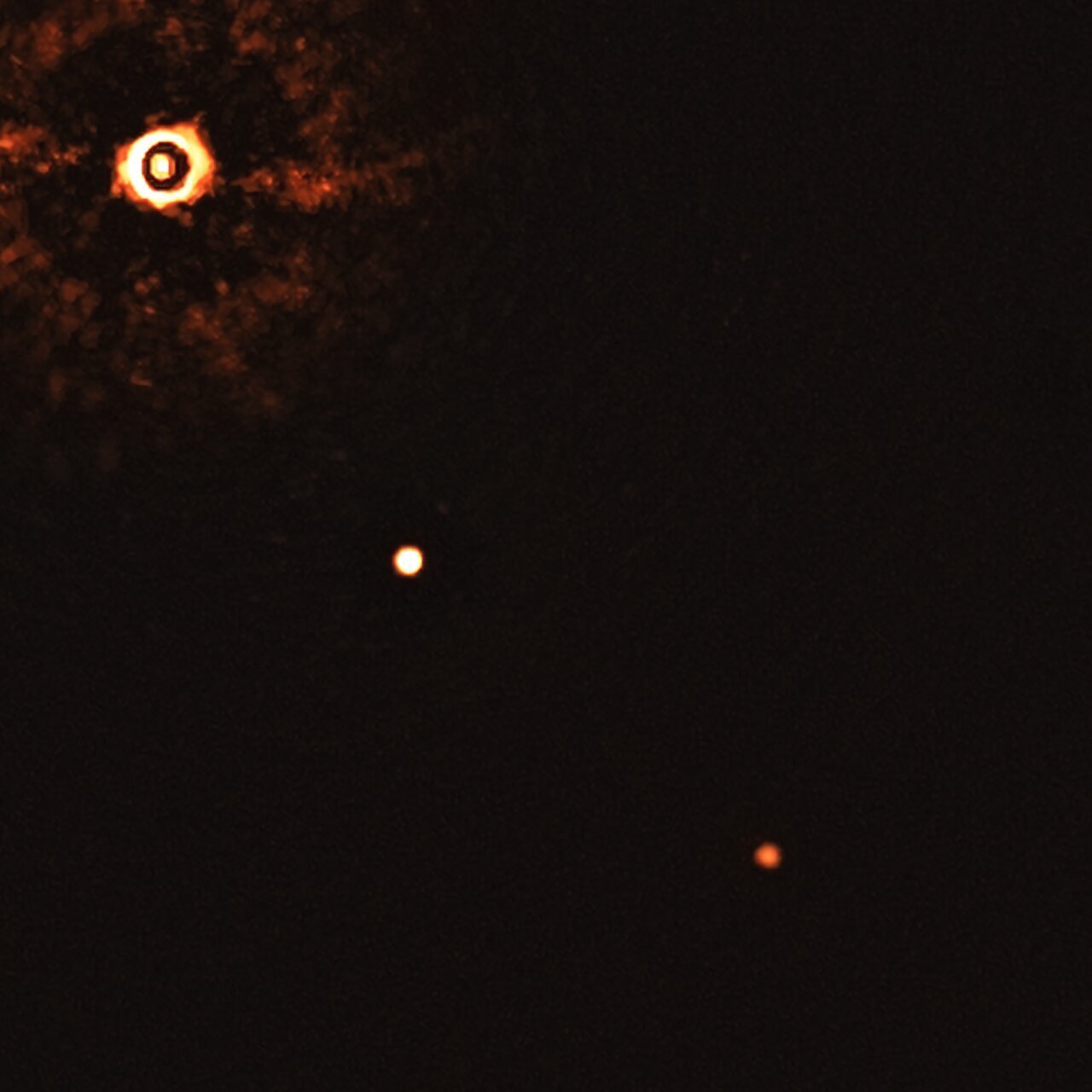
TyC 8998-760-1 b and c are the first multi-planet system to be directly imaged around a Sun-like star. The inner planet, b, is about 14 times the mass, or heft, of Jupiter, c about 6 times. Planet b is 160 times the Earth-Sun distance, planet c is about 320 times.
Download our Exoplanet Coloring Pages and #ColorWithNASA

NASA studies exoplanets with telescopes on the ground and in space. Our best idea of what they might look like comes from artists’ illustrations based on real science. Grab crayons, markers, paint or colored pencils and shade in the hues of rocky terrain, lava oceans, planetary systems and more.
New apps: 'NASA Selfies' and TRAPPIST-1 VR

NASA Selfies app lets you generate snapshots of yourself in a virtual spacesuit, posing in front of gorgeous cosmic locations. The new Exoplanet Excursions VR app gives users a guided tour of the TRAPPIST-1 planetary system, featuring artist impressions of the seven Earth-size planets therein.
New clues to compositions of TRAPPIST-1 planets
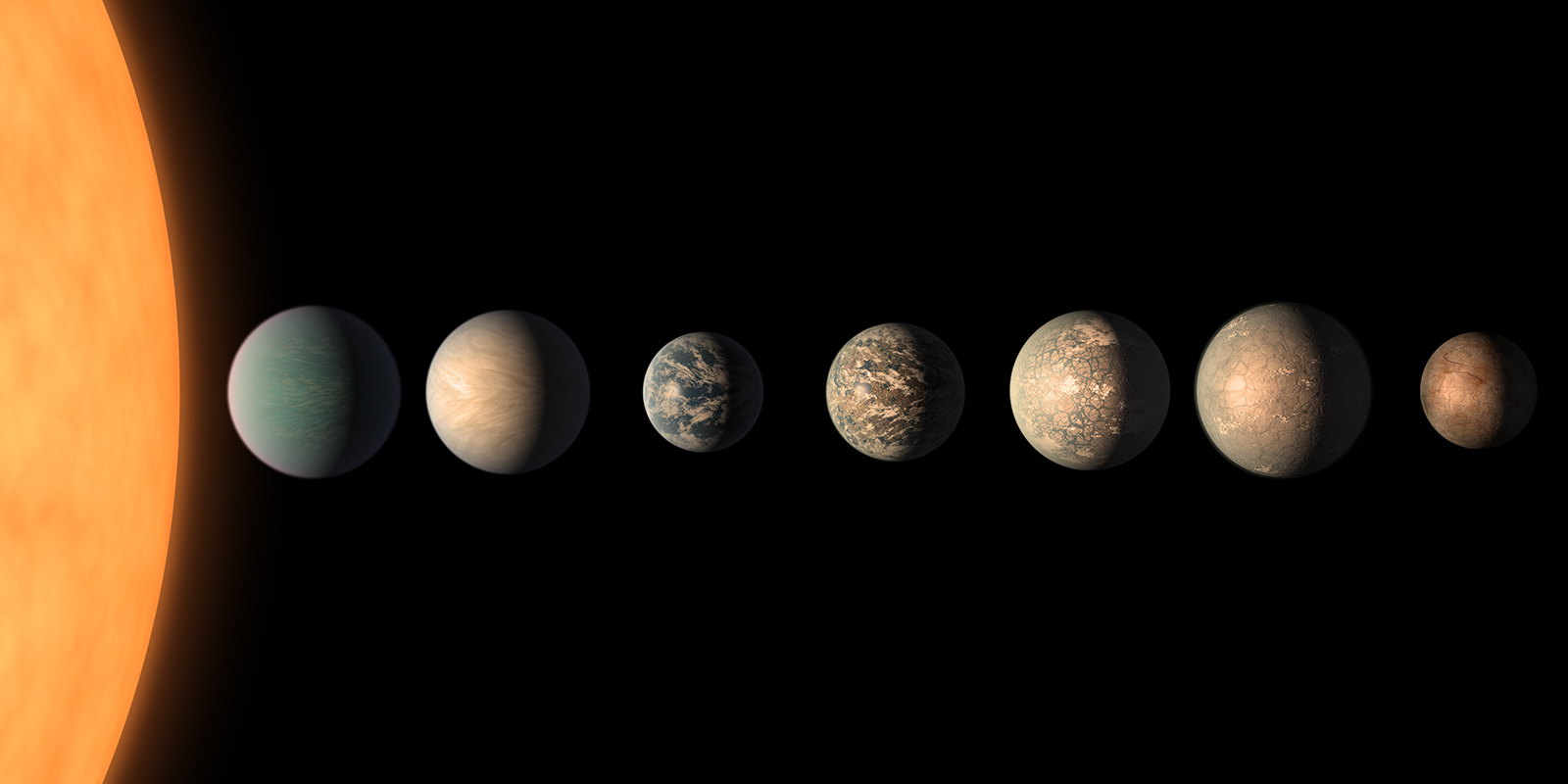
Seven Earth-size planets of TRAPPIST-1 are mostly made of rock, with some having the potential to hold more water than Earth. The planets' densities, now known much more precisely than before, suggest that some planets could have up to 5 percent of their mass in water – which is 250 times more than the oceans on Earth. The form that water would take on these planets would depend on the amount of heat they receive from their star.
Can garnet planets be habitable?
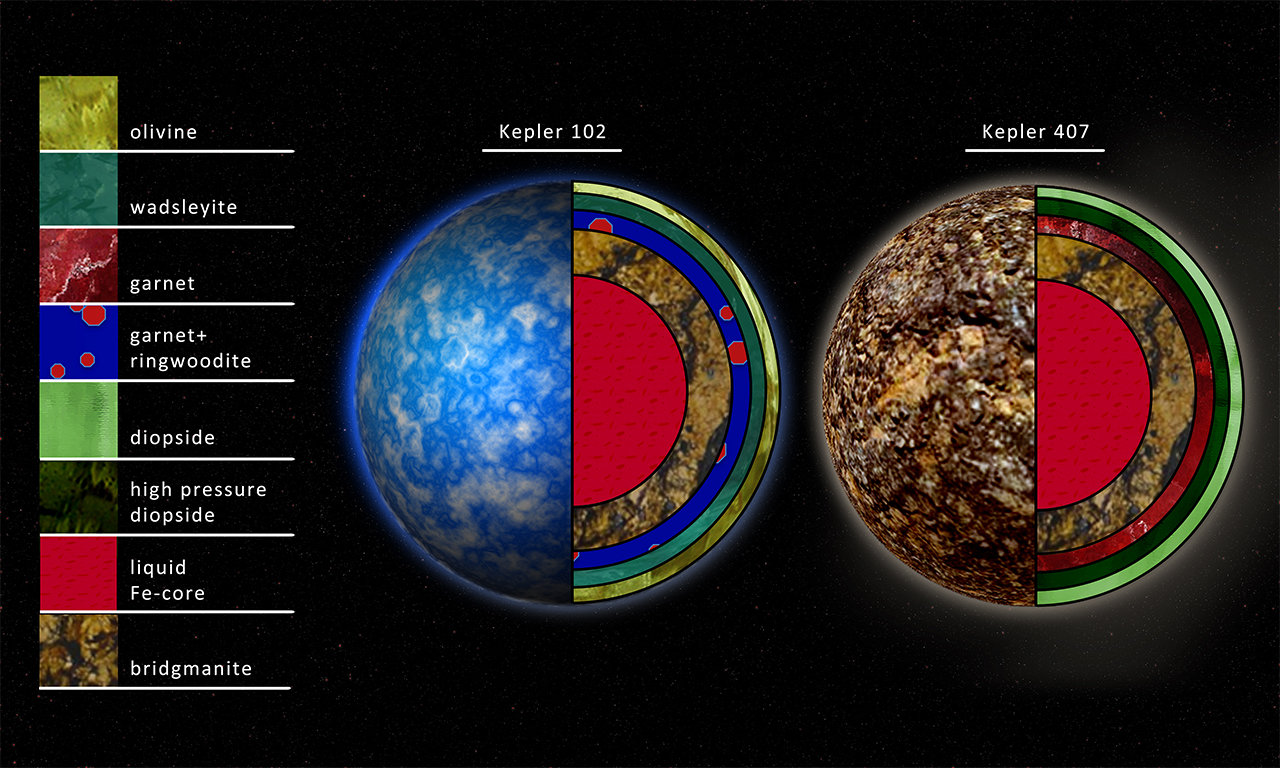
Astronomers in the Sloan Digital Sky Survey have made these observations using the APOGEE (Apache Point Observatory Galactic Evolution Experiment) spectrograph on the 2.5m Sloan Foundation Telescope in New Mexico. Plate tectonics is believed to be essential for life on Earth, because of how volcanoes and ocean ridges recycle elements.
